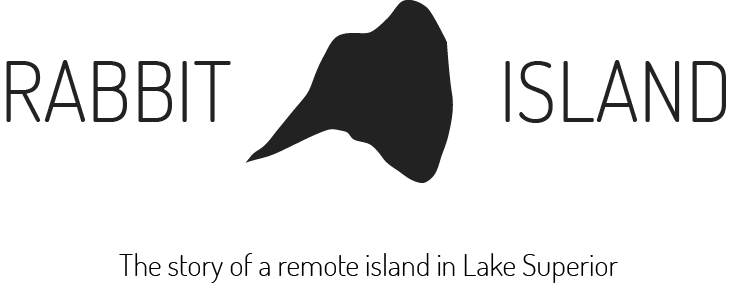2019–2020 Choreographer and Composer Program Awarded Residents
We are thrilled to announce choreographer Yoshito Sakuraba and composer Na’ama Zisser have been selected for the inaugural Rabbit Island Choreographer and Composer Residency, hosted on Rabbit Island in partnership with the Rozsa Center for the Performing Arts at Michigan Technological University. This new concept-responsive residency invites one choreographer and one composer to collaboratively create a new work while living on Rabbit Island in June and July, 2019. In 2020 the commissioned work will be developed out of this immersive wilderness experience with assistance from the Rozsa Center and premiered as part of the venue’s Presenting Series season in 2020–2021.
The Choreographer and Composer Residency is a new medium-specific initiative intended to encourage bold creative experiments that respond to the dominant ecological theme of our day—the environment and the human relationship to it. The program is founded on the presumption that the current canon is insufficient in celebrating the new environmental narrative. We believe there exists a more meaningful way to juxtapose the mediums of dance and composition to the ethics, emotion, and logic of the Anthropocene. These two artists were chosen based on their intention to exemplify this concept as well as the quality of their previous artistic efforts.
A total of 50 applications were received for the inaugural Choreographer and Composer Residency program. The Selection Committee reviewed each in detail, creating a shortlist of 24, and then interviewing 6 finalists. Ultimately two residency positions were awarded. We would like to thank each artist who submitted proposals and regret not being able to offer more positions.
The 2019–2020 Choreographer and Composer Selection Committee
Eugene Birman, Composer, 2015 Rabbit Island resident
Nicola Collie, Dance Artist, 2016 Rabbit Island collaborator
Rob Gorski M.D., President, Rabbit Island Foundation
Mary Jennings, Director, Rozsa Center for the Performing Arts
Libby Meyer, Composer, Director of Music Composition, Michigan Technological University
Andrew Ranville, Director, Rabbit Island Foundation
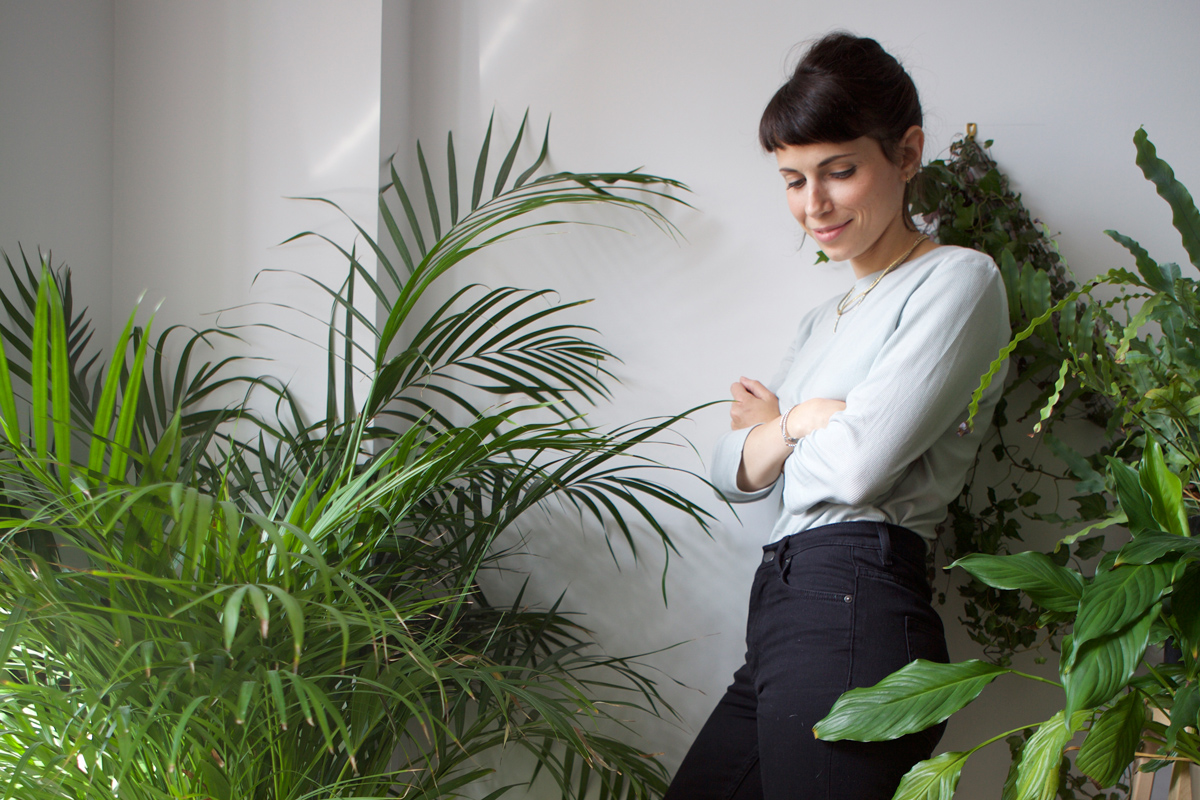
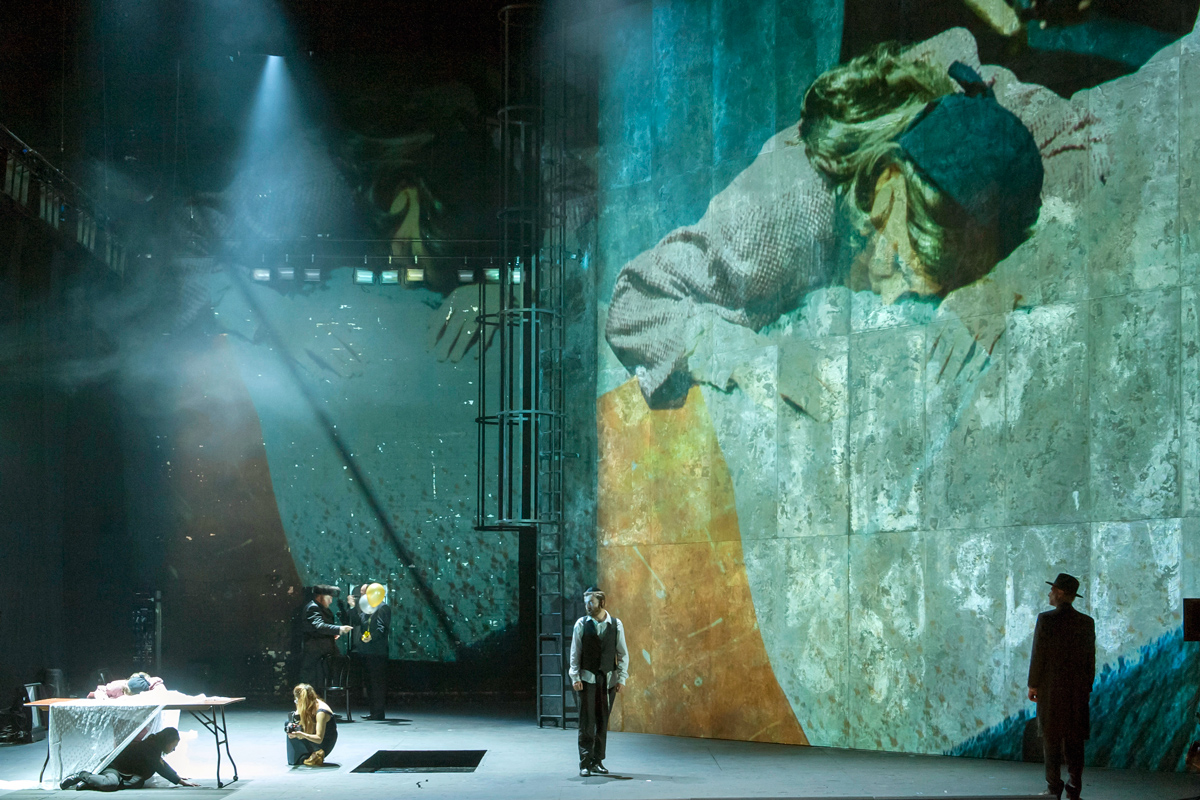
Na’ama Zisser is a London-based composer originally from Israel, where she grew up in an Orthodox-Jewish background before moving to the United Kingdom. She recently completed her doctoral composer-in-residence with the Royal Opera House and Guildhall School of Music & Drama where she composed a newly commissioned opera MAMZER/BASTARD, the first opera to feature and reference Orthodox-Jewish Cantorial music with a role written for a Cantor. Na’ama has composed for and worked with a long list of groups including the London Symphony Orchestra, London Contemporary Orchestra, Aurora Orchestra, DanceUK, and Jerusalem Symphony Orchestra. Her work has been performed at various venues that include a number of prominent performance spaces throughout London, and has been broadcast on the BBC and other radio outlets.
Artist statement
My work is visually driven and often collaborative with other art forms; with a focus on opera, contemporary dance, staged performances, film and instrumental music. My music is concerned with intonation, textures, repetition, intimacy and nostalgia, and has been described as ‘free of cliches’ (The Guardian) and ‘hauntingly melodic’ (the stage). I have always been interested in the use of musical found material, drawing upon my surroundings and personal experiences. I am interested in telling stories, and often push myself to deal with questions of identity and emotional authenticity in the cultural landscape I operate in.
Proposal excerpt
The concept-responsive nature of the Rabbit Island residency suggests a context to research and realise a work which at the core of it lies a personal, direct human experience; one which is universal, current, and relevant. This is most important to my work, as it signifies a step towards breaking the conventions of the old-fashioned romantic model of the composer in the ivory tower. Allowing me to connect myself with nature and the environment around me, and to let these organic, intuitive experiences manifest themselves through the collaborative process. Due to the lack of suitable support and resources, this model of collaborative process is normally unavailable to us as composers. It requires an honest desire to think and work in new ways which are completely outside of my comfort zone, whilst allowing the space and time to sensitivity tailor a custom-made work, not limited or restricted to any specific social definitions/performative contexts.
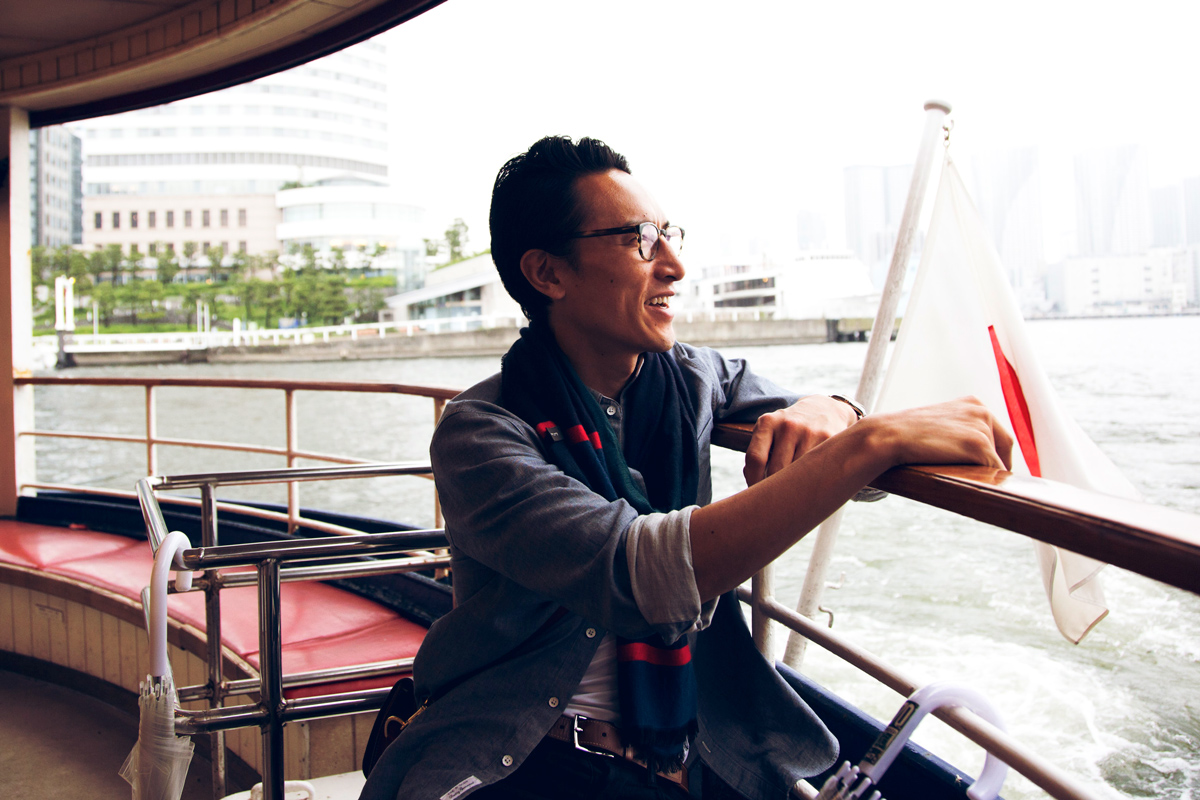
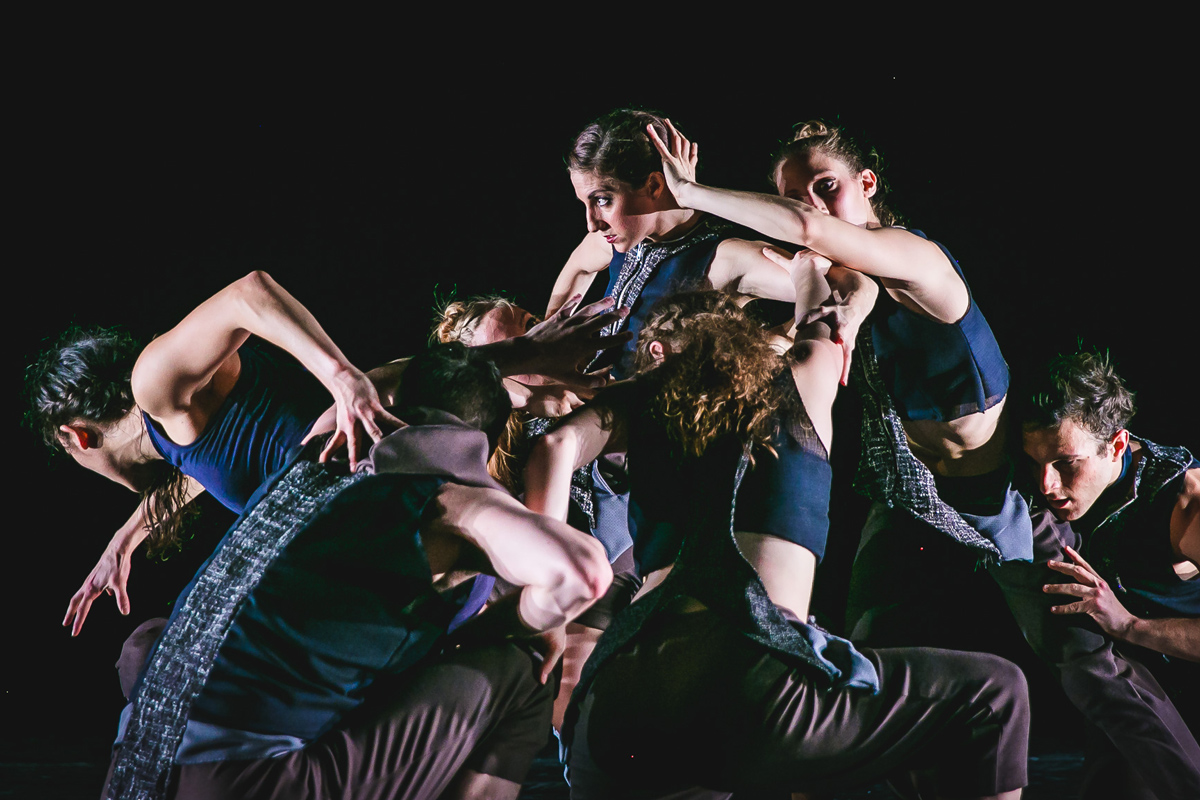
Yoshito Sakuraba is a New York City-based choreographer originally from Japan. He is the artistic director of the dance company Abarukas, which he founded in 2012. His work has been performed in Germany, Poland, Italy, Spain, Israel, Mexico, and throughout the U.S. Yoshito’s choreography has won multiple awards including the International Choreographic Competition at NW Dance Project and Choreographic Shindig at Whim W’Him; the Best Choreography Award in Italy by FINI Dance; and Audience Prize at Masdanza International Contemporary Dance Festival in Spain. His work has been performed at numerous venues throughout New York City and around the world.
Artist statement
It all starts from one idea or image, and I let it grow until it doesn’t. In my process of making dance I find a way to push boundaries and create imaginative images by offering feeling, resonance or exhilaration with the work. Subsequently I build a visual storyline and weave a narrative that reverberates with ideas of love, loss, and human struggle. I value originality, style, design, approach, technique, and theatricality. Theatricality, however, is perhaps the main objective within all of my past work. To me it represents the density of signs and sensations built up on stage starting from the first lighting cue; it is the ecumenical perception of sensuous artifice—gesture, tone, distance, substance, light—which submerges the text beneath the profusion of its external language, and the belief that dancing is the most powerful way to tell a story.
Proposal excerpt
My goal during the residency is to influence and be influenced via collaboration with another artist/composer. Throughout my career as a choreographer I’ve learned a way of creating work, but during this residency I want to re-learn a new way and adopt a collaborative creative process, exploring new approaches to new work.
I think dance is easy to recognize but hard to define. From this perspective Rabbit Island will help me grow by allowing me to step outside my comfort zone and invest in my choreographic and narrative style. My goal is not to showcase conventional high-end dance, but to collaborate and offer feeling, resonance or exhilaration with a new work. Through the collaborative process I hope to find ways to push my boundaries and create imaginative, otherworldly images that will stay with the participating dancers.
Portrait of Na'ama Zisser by Mariana Kazarnovsky. MAMZER/BASTARD production photograph courtesy of the Royal Opera House / Stephen Cummiskey. Portrait of Yoshito Sakuraba by Rie Sugimoto. Abarukas Dance Company photography courtesy of Chris Nicodemo.
